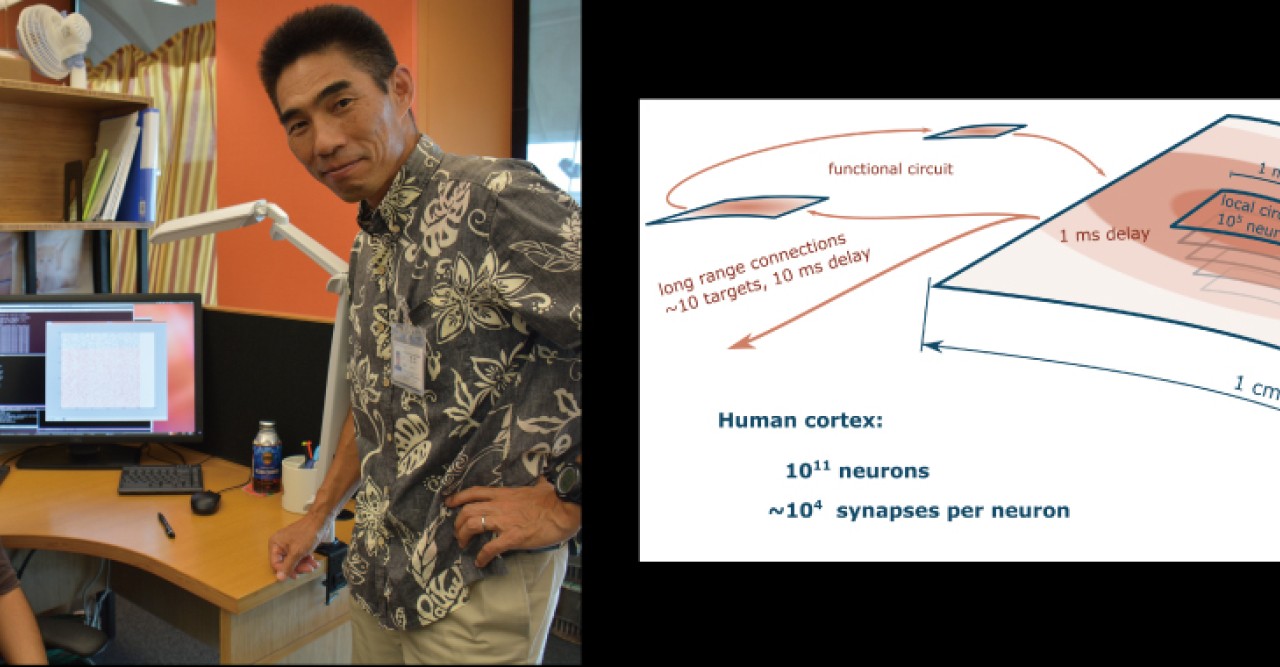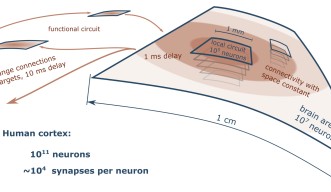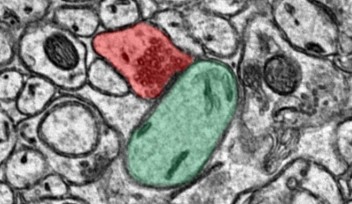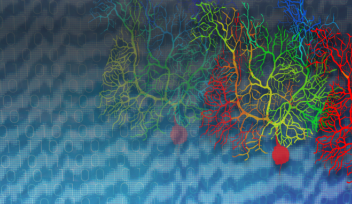OIST Researchers Succeed in World’s Largest Neuronal Network Modeling

By exploiting the full computational power of the Japanese supercomputer “K”, researchers from OIST, RIKEN and Forschungszentrum Jülich in Germany have succeeded in simulating a network consisting of 1.73 billion nerve cells connected by 10.4 trillion synapses. The research marks the largest general neuronal network simulation to date, exceeding the previous record in neurons by 6% and in synapses by 16%.
Dr. Jun Igarashi of the OIST Neural Computation Unit, headed by Prof. Kenji Doya, was one of four young researchers who played a pivotal role in the success of the endeavor. Using widely used, general-purpose, open source neuronal network simulation software NEST, Igarashi worked on optimizing NEST for the K computer, a part of the project he found particularly challenging.
Although the nerve cells were randomly connected, the simulation represents a network the size of the entire brain of a small monkey, or 1% of the neuronal network of the human brain. On average, each nerve cell was active 4.4 times per second, which is similar to the activity level in the real brain. The simulation lasted for one second of biological time taking 40 minutes on K. In so doing, the researchers tested the limits of the simulation technology developed in the project and the capabilities of K.
Kenji Doya of OIST, who currently leads a project aiming to understand the neural control of movement and the mechanism of Parkinson's disease, says, “We are only at the starting point.” Doya and his team aim to simulate a network in the human cortex and basal ganglia at a time when symptoms unique to Parkinson’s disease occur, including tremor and stiff muscles. Finding neuronal signals that trigger these symptoms could pave the way for a cure of this degenerative disorder of the central nervous system.
This achievement gives neuroscientists a glimpse of what will be possible in the future -- simulating whole-brain with the next generation of computers, so called exa-scale computers. In order to understand brain function, it is necessary to simulate the whole brain, because it consists of hundreds of billions of neurons, each connected to others through approximately ten thousand synapses (Figure 1). An ambitious effort to map the neural pathways that underlie human brain function, dubbed the Human Connectome Project, began in the 2000’s and it is fast moving toward the goal. By 2019, researchers in Japan hope to develop exa-scale computers, whose capacity represents a hundredfold increase over K computer, enabling the whole brain simulation at the level of the individual nerve cell and its synapses. When asked about the future, OIST's Igarashi said, “I want to be ready to maximize the capabilities of exa-scale computers when they arrive.”
Read Press Release jointly issued by OIST, RIKEN and Forschungszentrum Jülich on August 2, 2013.
Specialties
Research Unit
For press enquiries:
Press Inquiry Form
















